I’ve always had a soft spot for berries, especially the kind you stumble upon on a mountain trail — those small, sun-warmed gems tucked beside boulders or peeking out from spiny shrubs, as if nature left behind a snack just for you. I first learned to forage in the foothills of Colorado, where my dad taught me how to tell a thimbleberry from a raspberry (hint: thimbleberries fall off like they’re waiting for your hand). Years later, hiking in the Alps, I found myself crouched beside a path, plucking tiny alpine strawberries that packed more flavor than anything store-bought ever could.
Every mountain seems to have its own signature berry — huckleberries in the Rockies, bilberries in Scandinavia, lingonberries across the boreal north. Ask a local, and they’ll tell you stories of summer mornings spent berry-picking with grandparents, or of secret foraging spots no one dares to share. There’s a kind of reverence that comes with finding berries where the air is thin and the trail is steep.
Technically speaking, many of the fruits we call berries — strawberries, raspberries, blackberries — aren’t true berries at all. But who cares about botanical precision when you’re spooning wild blueberry compote over pancakes or turning chokecherries into jam? Whether tart or sweet, bright red or inky black, mountain berries are nature’s reward for the adventurous.
So if you’ve ever wondered which wild berries grow in the mountains — and which ones you might actually want to eat — this list covers 23 of the most common, though there are many more out there waiting to be discovered.
1. Huckleberries
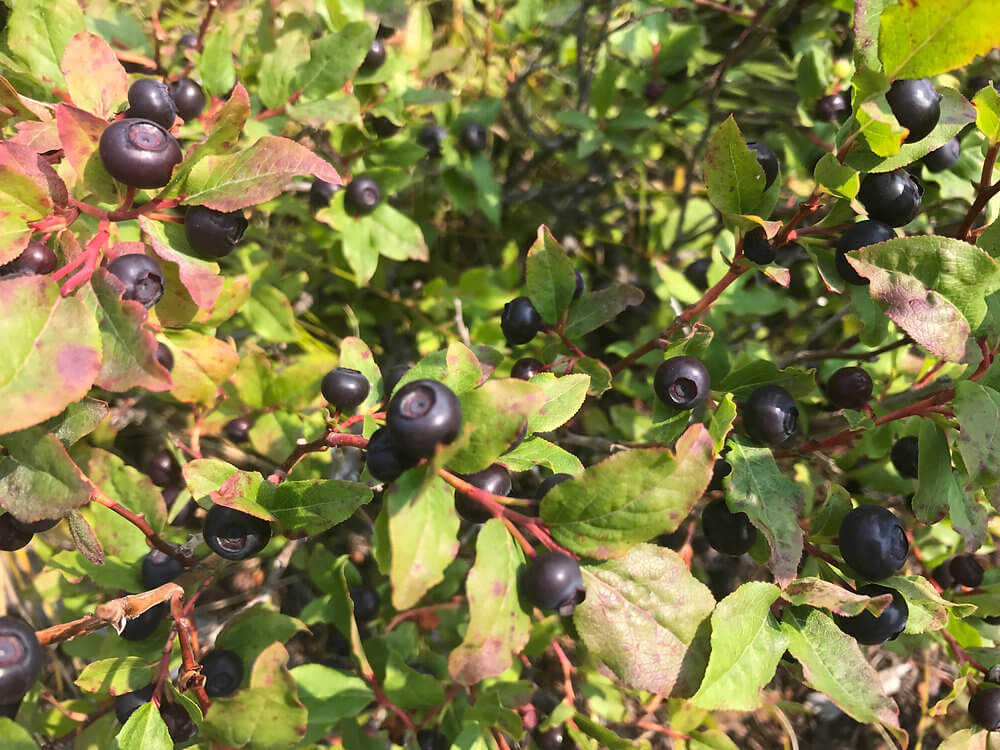
Huckleberries are the mountain forager’s holy grail — elusive, delicious, and often fiercely protected by locals who won’t share their secret patches. These small blue-black berries grow on low shrubs and are often confused with blueberries, but they pack a more complex flavor: sometimes sweet, sometimes tart, with earthy undertones. Their ripening is unpredictable, and they often grow in rugged, bear-frequented terrain, which adds to their mystique (and the thrill of the harvest). Perfect for jams, pies, or eaten straight from the bush, they’re also packed with antioxidants and vitamin C — a true trail treasure.
2. Cloudberries

Cloudberries are golden-orange jewels that thrive in some of the world’s harshest climates — boggy alpine meadows, Arctic tundra, and mountain peatlands. Rare and highly prized in northern cultures (especially in Scandinavia), these berries are soft, juicy, and slightly tart, with a flavor reminiscent of apricot and rose. For foragers, finding a patch feels like striking gold. They’re often used in jams and liqueurs and are especially high in vitamin C — traditionally important for warding off scurvy during long winters.
3. Serviceberries / Saskatoon Berries
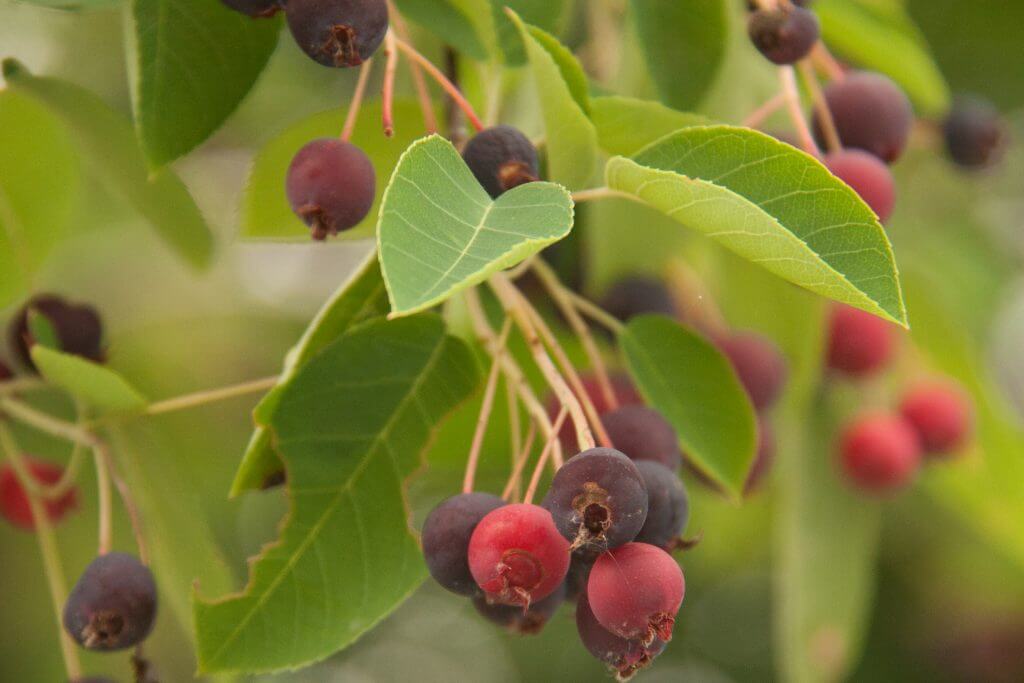
Often overshadowed by their flashier cousins, serviceberries are quietly one of the most rewarding mountain berries you can find. These blue-purple berries look like blueberries but have a sweet, nutty flavor with a hint of almond. The trees they grow on are among the first to bloom in spring, and the fruit ripens by early summer. Eaten fresh, dried, or baked into bannock and pies, they were a staple for Indigenous peoples and are still prized in wild food circles. Their versatility and mild sweetness make them a survival food with gourmet potential.
4. Alpine Strawberries
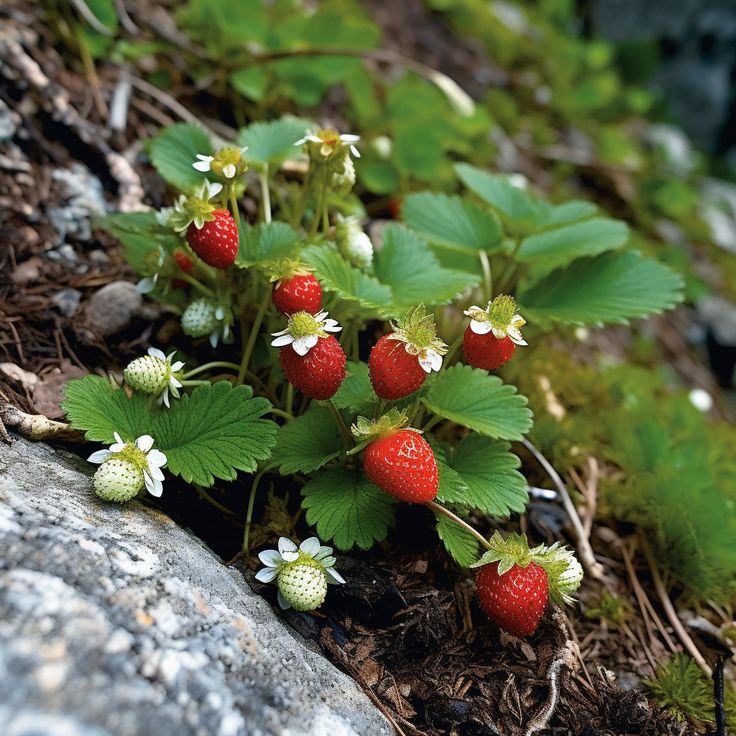
Tiny but mighty, alpine strawberries are the wild ancestors of the cultivated kind — and you’ll know it the moment you taste one. Intensely fragrant and bursting with flavor, they grow in sunny clearings, hillsides, and rocky paths at higher elevations. These berries don’t travel well, which is why you won’t find them in stores — they’re meant to be eaten immediately, preferably while kneeling on a forest path. Their aroma is so pronounced that even one handful can perfume a whole dessert or drink.
5. Wild Raspberries
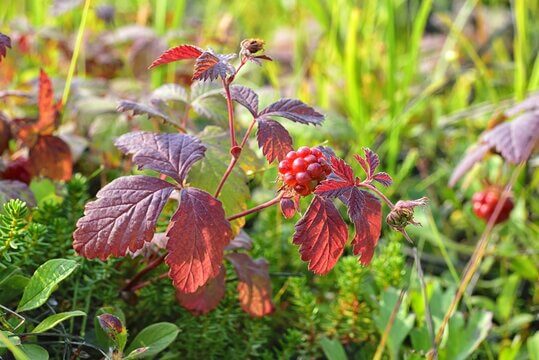
Wild raspberries are among the most familiar and forgiving mountain berries to identify and harvest. Whether red, black, or golden, they thrive along trails, forest edges, and in disturbed ground. Their flavor can range from sweet to slightly tangy, depending on the variety and location. They’re excellent raw, dried, or turned into jam on a camping stove. For survivalists, they offer quick energy and hydration, and for everyone else, they’re simply a joyful find.
6. Wild Blueberries / Bilberries
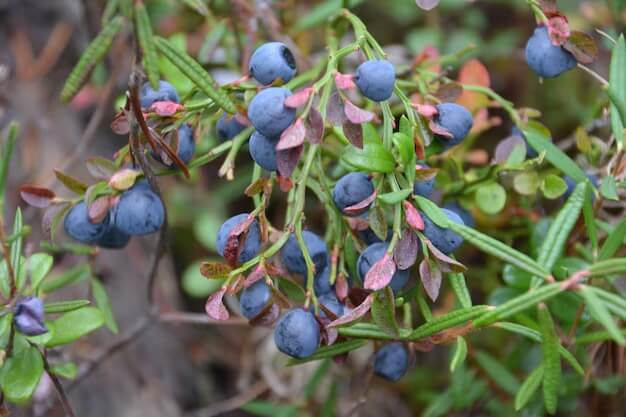
These low-growing berries are some of the most antioxidant-rich fruits on earth, and they’re as tasty as they are healthful. Wild blueberries tend to be smaller and darker than store-bought ones, with a deeper, more concentrated flavor. In Europe, their cousin bilberry (Vaccinium myrtillus) is equally beloved. They thrive in acidic mountain soils and open woods, and often stain your fingers purple as you pick. An alpine breakfast of bilberries and oatmeal is pure forager bliss.
7. Thimbleberries
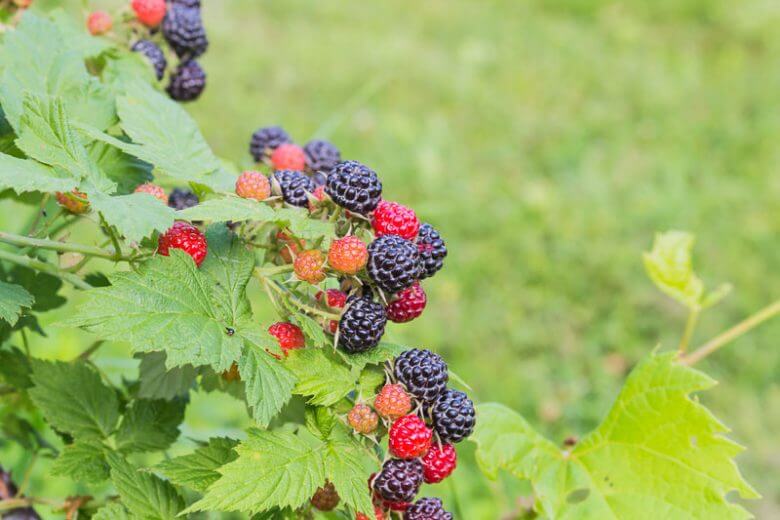
Thimbleberries are the softest of the Rubus clan, and one of the easiest to recognize. Their large, velvety leaves resemble maple leaves, and their scarlet-red berries are hollow and incredibly delicate. They fall into your hand with barely a touch — a sign they’re ready. Though too soft for market shelves, they’re superb fresh, and their floral, slightly tart taste makes excellent preserves. Thimbleberries also have traditional medicinal uses, including for digestive health.
8. Gooseberries (Ribes spp.)
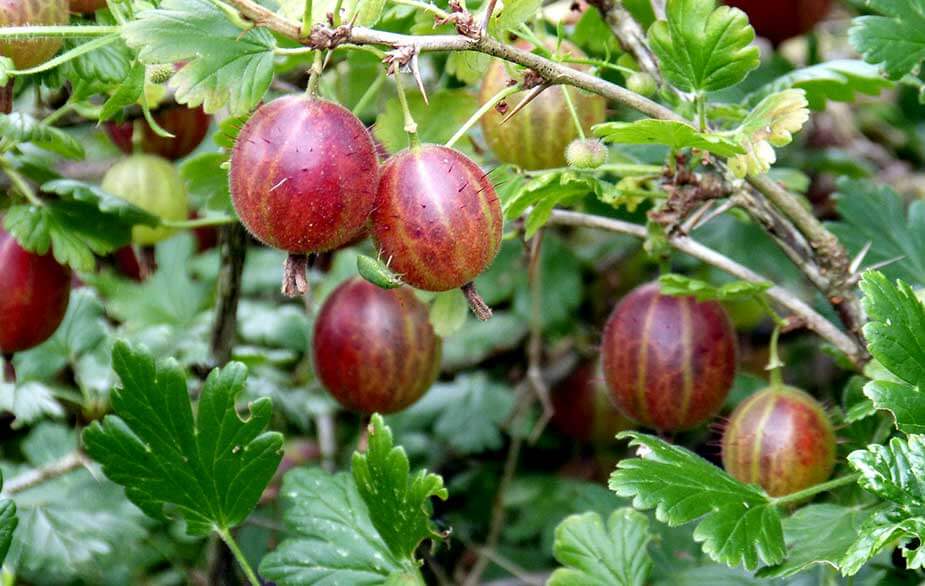
These tart berries come in green, red, or deep purple, and grow on thorny bushes that practically demand your respect. The fruit itself has a firm skin and juicy interior, perfect for pies, sauces, and even savory dishes. Gooseberries often grow near streams or in shaded mountain areas, and some wild varieties are incredibly sour raw — but transform when cooked. In survival situations, they offer hydration and vitamin C, and their flavor can brighten up otherwise bland trail meals.
9. Salmonberries

Looking like oversized orange raspberries, salmonberries glow like amber along moist mountain trails. They’re one of the first wild berries to ripen in the spring, making them a welcome snack after a long winter. Their flavor is mild and somewhat floral — not as intense as a raspberry, but still refreshing. Some people love them fresh; others prefer them cooked into syrups or combined with sharper berries. Foragers will often find them near streams and waterfalls, mingled with ferns and moss.
10. Lingonberries
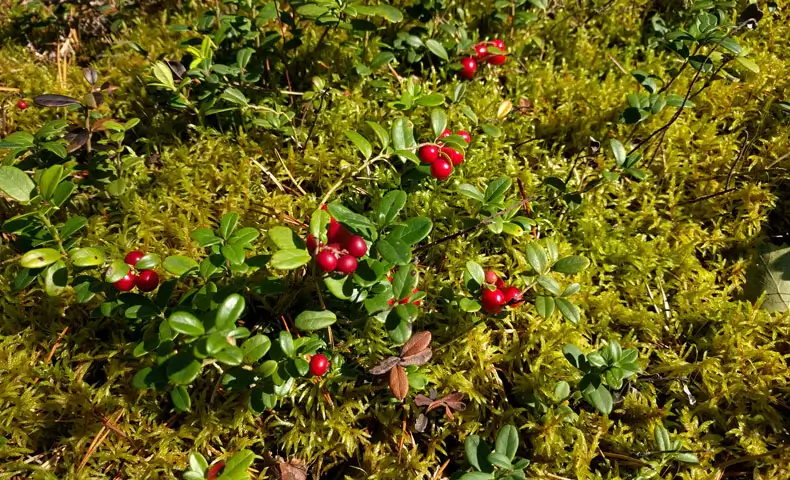
Lingonberries are the bright red, tart gems of the north. These low-growing shrubs thrive in alpine woods and acidic soils, often forming mats in cold, windswept areas. Too sour to eat by the handful (unless you’re a moose), they shine when sweetened — as jams, syrups, or paired with meats. In Nordic countries, lingonberries are a culinary cornerstone. For foragers, they’re also valued for their long shelf life and high antioxidant content, making them perfect for winter stores.
11. Bearberries
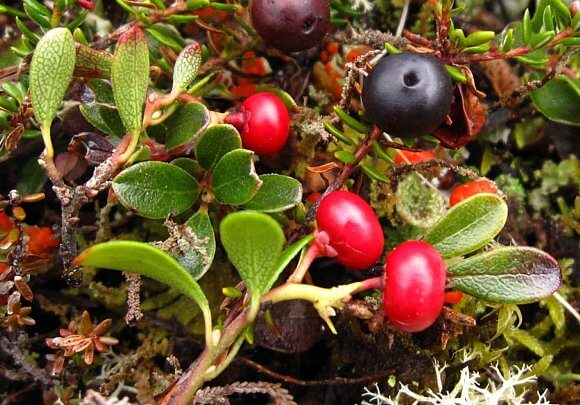
Bearberries are low-growing evergreens with small, leathery leaves and bright red berries. The fruit itself is dry and mealy, not especially tasty raw, but historically important as a survival and medicinal plant. Bears (true to the name) do eat them, and so did Indigenous peoples, often mixing the berries with fat and meat to make pemmican. The leaves are used in herbal teas for urinary tract health. Though not a sweet snack, they’re worth knowing for their resilience and usefulness.
12. Chokecherries (Prunus virginiana)
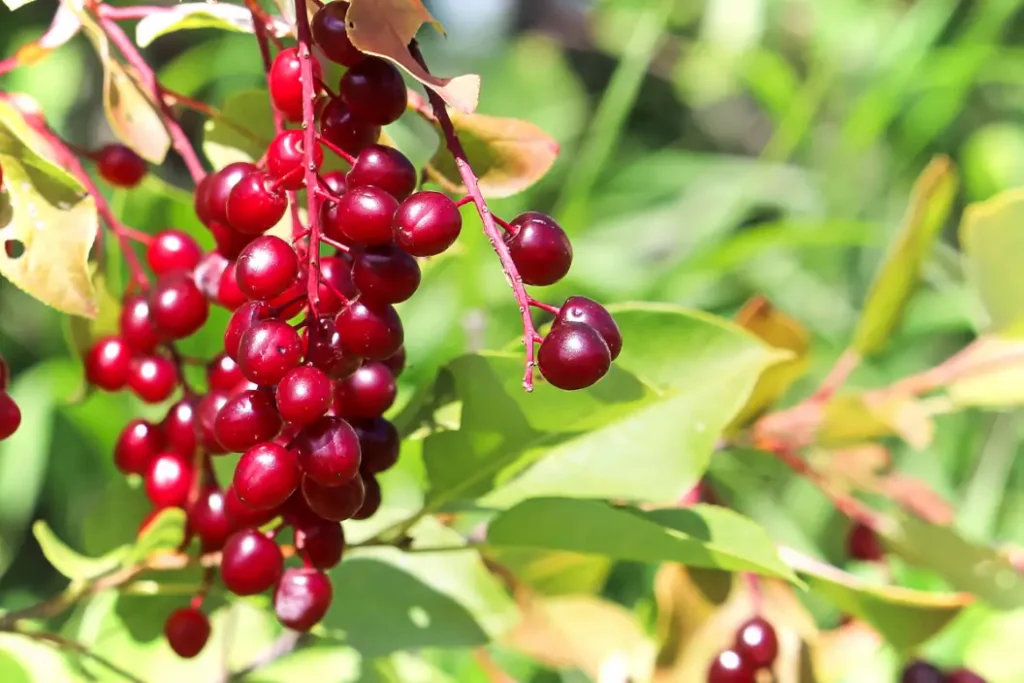
Chokecherries grow in tall shrubs or small trees, often near creeks or in sunny clearings. Their dark red to almost-black berries are extremely astringent raw — your mouth will pucker like never before — but they’re excellent when cooked. High in antioxidants and traditional among Indigenous groups, chokecherries are used in syrups, wines, and jams, or dried into cakes for storage. They’re also a reminder that not all wild berries are meant to be eaten fresh, but many are worth preparing.
13. Mountain Ash Berries / Rowanberries
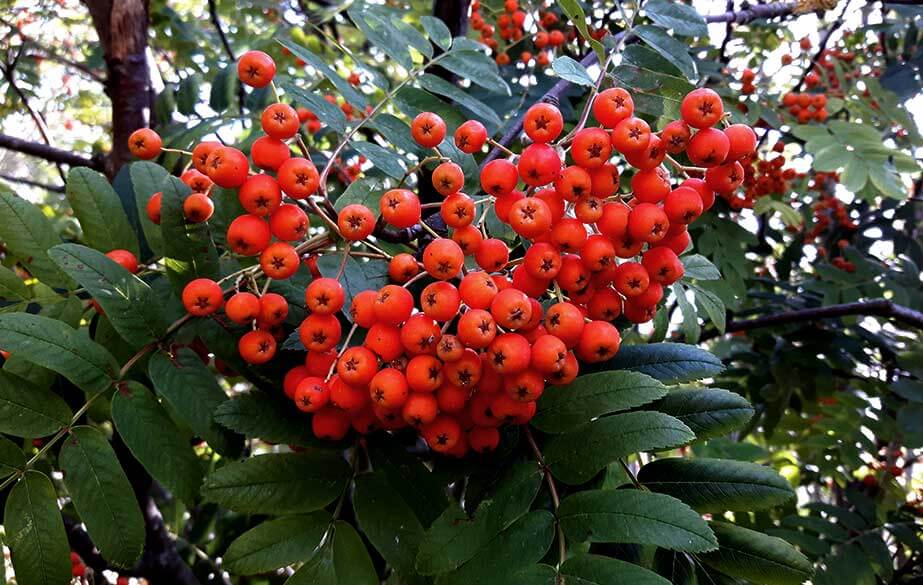
Bright orange-red and dangling in clusters, mountain ash berries look inviting but are highly bitter when raw. Still, they’re not toxic, and they become quite palatable after a frost or when cooked. Traditionally made into jellies, wines, and even marmalades in Northern and Celtic cultures, they’re a survival food with history. Birds love them, and if you’re in need of vitamin C during a long mountain trek, they can be your friend — just don’t expect sweetness.
14. Currants (Ribes spp.)
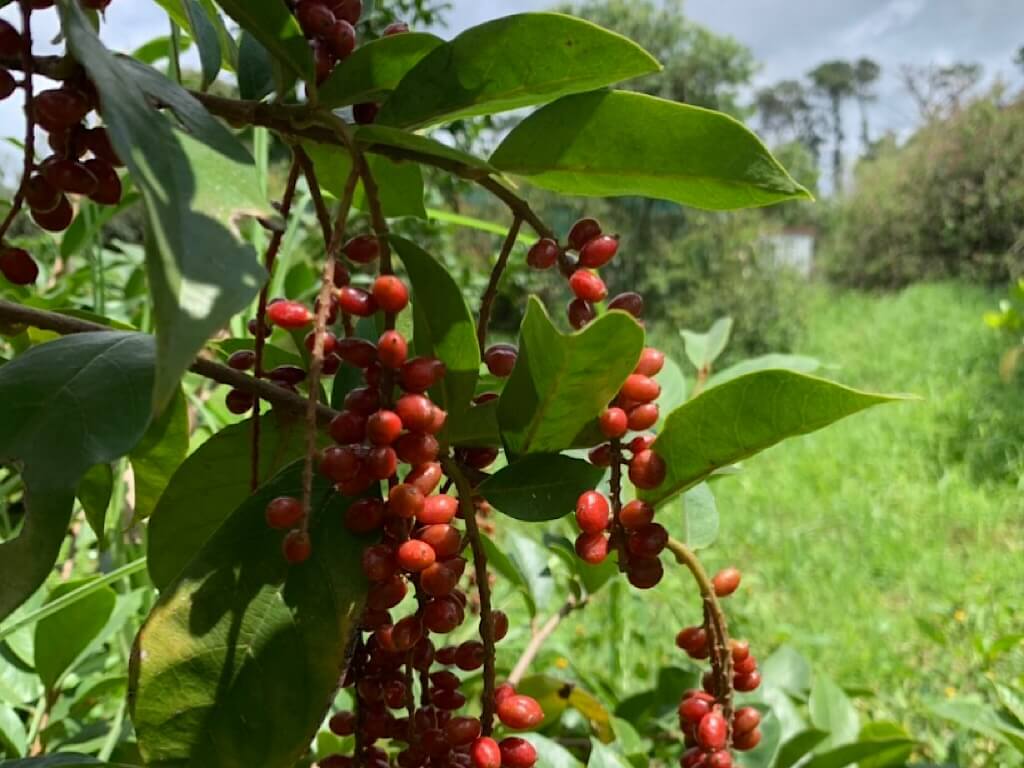
Currants come in red, white, and black varieties, all of which offer a tart zing that’s perfect for preserves and sauces. Wild currants are found in damp mountain environments, especially near streams. Black currants have a deeper, musky flavor, while red and white are brighter and crisper. Packed with vitamin C, they’re a favorite of both foragers and bakers. Some species are also used in herbal medicine — a great multi-use berry for survival and culinary needs.
15. Elderberries
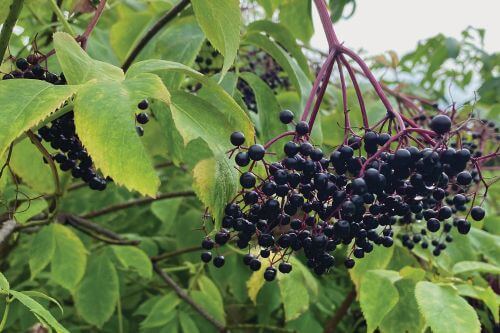
Elderberries are beautiful, deep purple-black clusters that droop from large shrubs. Caution: raw berries and other parts of the plant contain toxins and must be cooked before consumption. Once cooked, they make rich, dark syrups, wines, and jellies — long used as immune-boosting remedies. They tend to grow along forest edges and sunny slopes, often near human settlements or disturbed ground. For the prepared forager, they’re an autumnal bounty not to be missed.
16. Oregon Grape Berries
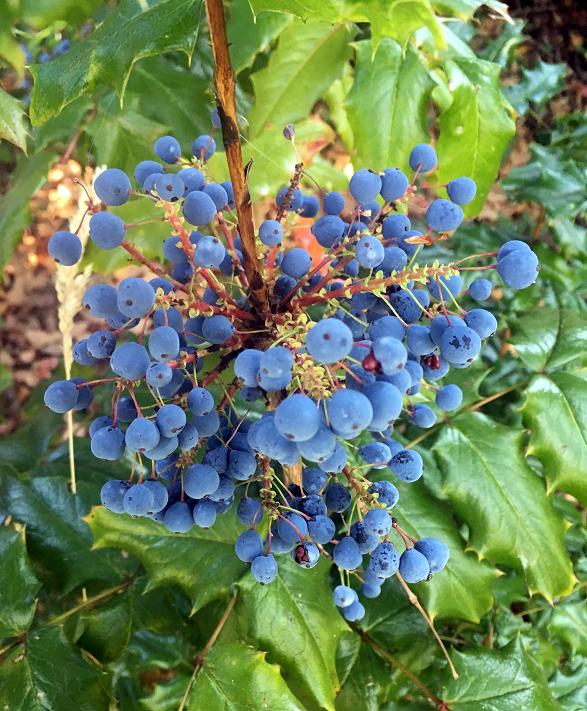
These tough, blue-black berries grow in clusters on evergreen shrubs that thrive in the cool, shaded undergrowth of Western North America’s mountainous forests. Though their name suggests sweetness, Oregon grape berries are intensely sour and astringent — best suited for preserves or as a forager’s trail nibble to jolt the palate. Rich in vitamin C and antimicrobial compounds, they’ve historically been used by Indigenous peoples for both food and medicine. Look for their signature holly-like leaves and vibrant yellow spring flowers before the berries appear in late summer.
17. Barberry
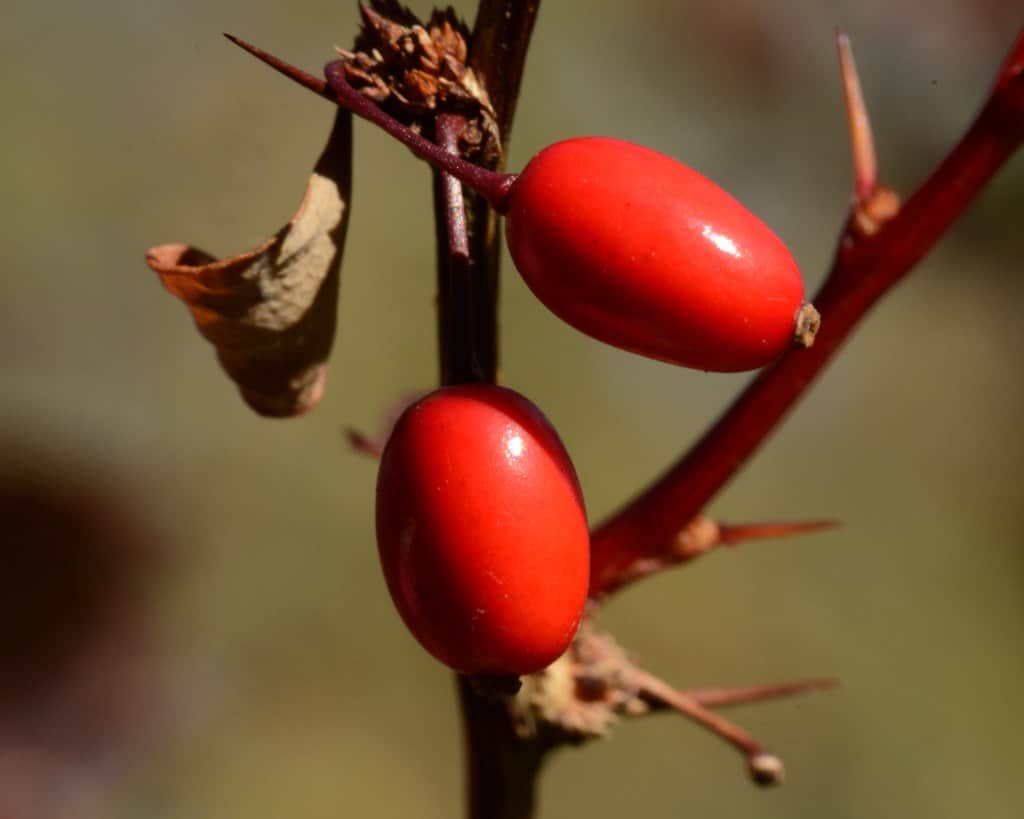
Found clinging to rocky slopes across the Himalayas, Andes, and European Alps, barberries produce small, oblong red fruits with a sharp, tart punch. While they’re not the kind of berry you eat by the handful, their acidity makes them excellent for flavoring wild rice, stews, and even trail teas. Barberries also contain berberine, a plant compound with reputed antimicrobial properties — something survivalists might appreciate. Just watch out for their spiny branches when harvesting.
18. Japanese Wineberry
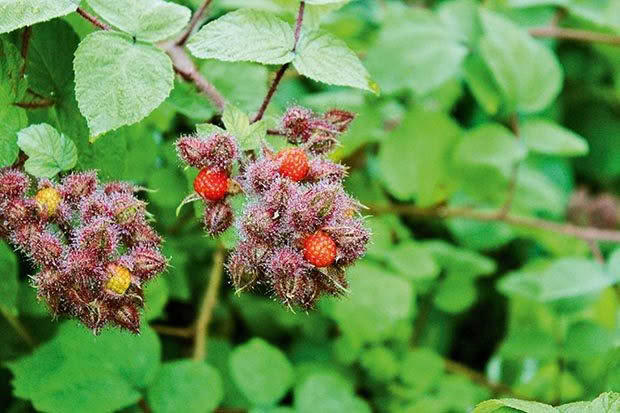
With its sticky, red raspberry-like fruits, this Asian native has taken root along the Appalachian slopes of North America. It prefers edge habitats — sunny clearings and disturbed ground — and produces glistening, sweet-tart berries encased in hairy, glandular calyces. The plant is as intriguing as the fruit itself, with bristly stems and wine-colored canes. Wineberries make a great trail snack, but they also work beautifully in pies and wild fermentation recipes.
19. Arctic Bramble
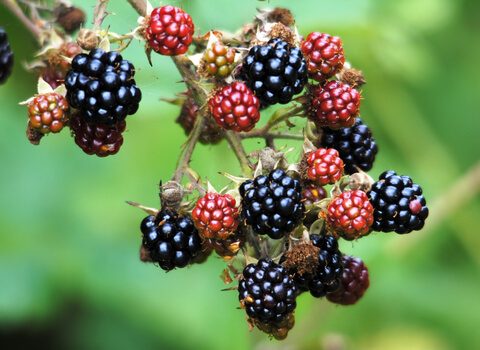
This low-growing bramble is a true treasure of cold, high-altitude meadows. Its raspberry-like fruits are delicate, soft, and incredibly flavorful — considered by some to be among the finest-tasting berries in the wild. Native to northern mountain regions, Arctic bramble thrives in mossy, moist conditions and rewards those who find it with an unforgettable burst of wild sweetness. It’s often overlooked due to its modest size, but foraging aficionados know it’s a prize worth the search.
20. Buffaloberry
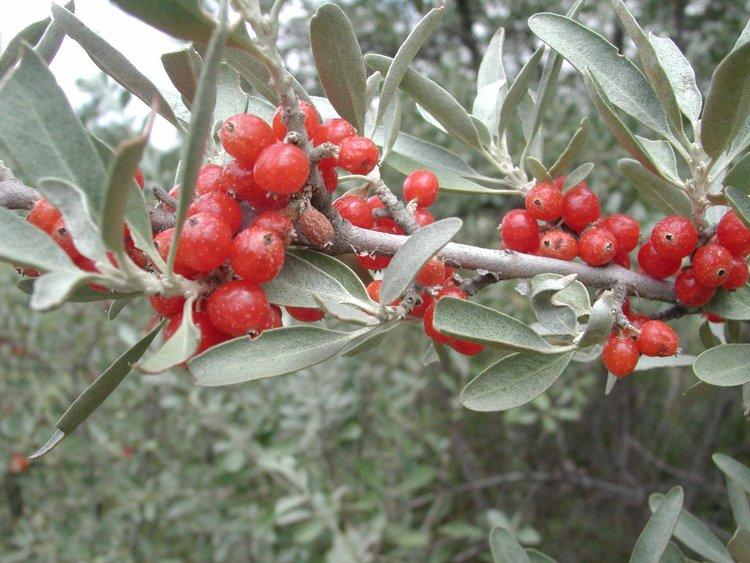
Found across the dry valleys and foothills of the Rocky Mountains, buffaloberries are bright red, bitter fruits that demand processing before eating in quantity. Native tribes traditionally mixed them into “ice cream” by whipping the berries with sugar or animal fat — an ingenious example of mountain survival cuisine. The shrubs bear silvery leaves and thrive in tough, alkaline soils, offering their fruits when many other mountain plants are fading out. A berry for those who appreciate food with a wild edge.
21. Watermelon Berry
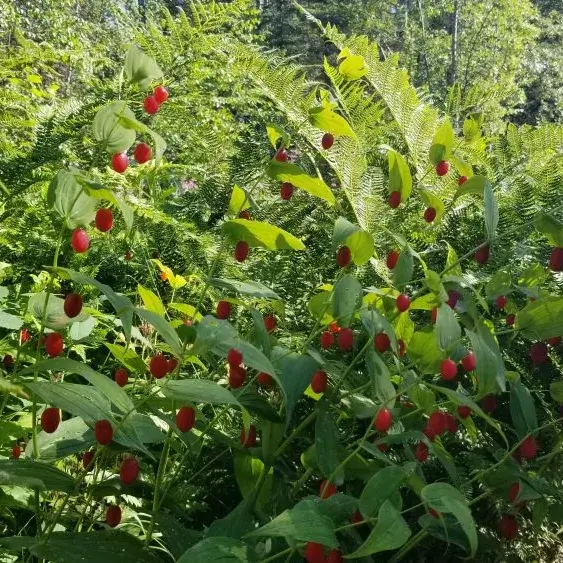
Despite its name, the watermelon berry doesn’t taste much like the fruit it’s named after, but its texture and juiciness are refreshingly similar. Found in the moist, shaded forests of mountainous regions in the Pacific Northwest and parts of Alaska, this berry comes from the twisted stalk plant (Streptopus amplexifolius). The oblong red berries are watery, mildly sweet, and best eaten fresh — a great trail-side hydration boost. The plant’s young shoots are also edible, making it a dual-purpose wild edible. Foragers should note that the berries are soft and can spoil quickly, so they’re best consumed immediately.
22. Bog Bilberry
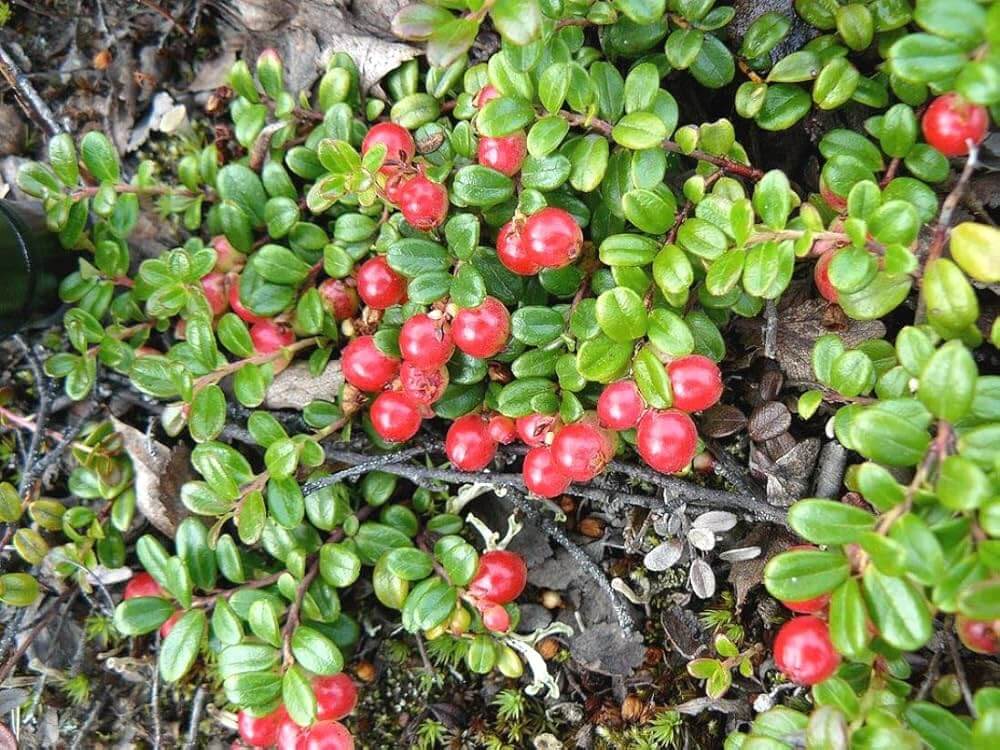
Closely related to blueberries, bog bilberries thrive in cool, moist, high-altitude environments, often in peat bogs or damp mountain meadows. The berries grow on low, wiry shrubs and have a delicate, sweet-tart flavor that intensifies when dried or cooked. They’re favored in traditional herbal remedies for vision support and circulation. Foragers prize bog bilberries not just for their taste, but for their stealth — they often blend into their surroundings and can be overlooked unless you’re observant. Look for them in late summer, and harvest gently, as they bruise easily.
23. Caperberries
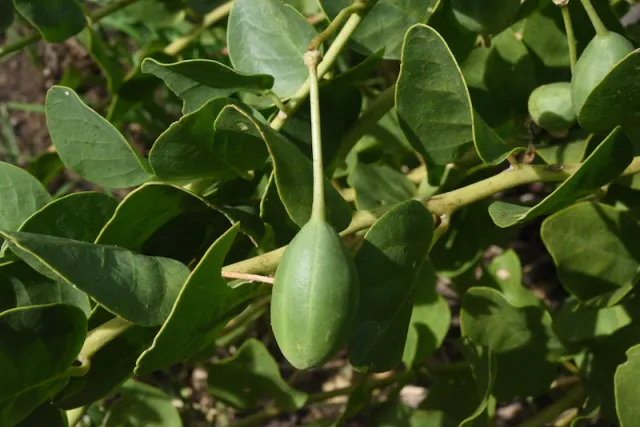
Though not native to high alpine environments, caperberries do grow in rocky, mountainous regions of the Mediterranean and Middle East. They are the fruit of the caper bush (Capparis spinosa), not to be confused with the caper bud used in cooking. The berries are olive-sized, pickled, and valued for their tangy, briny flavor. For foragers in arid, mountainous zones, these fruits are a unique wild condiment. The entire plant is drought-resistant and often clings to stone crevices, a testament to its toughness. Caperberries aren’t sweet like other mountain berries, but they offer a savory, complex addition to meals — especially valuable in survival settings where variety is scarce.
